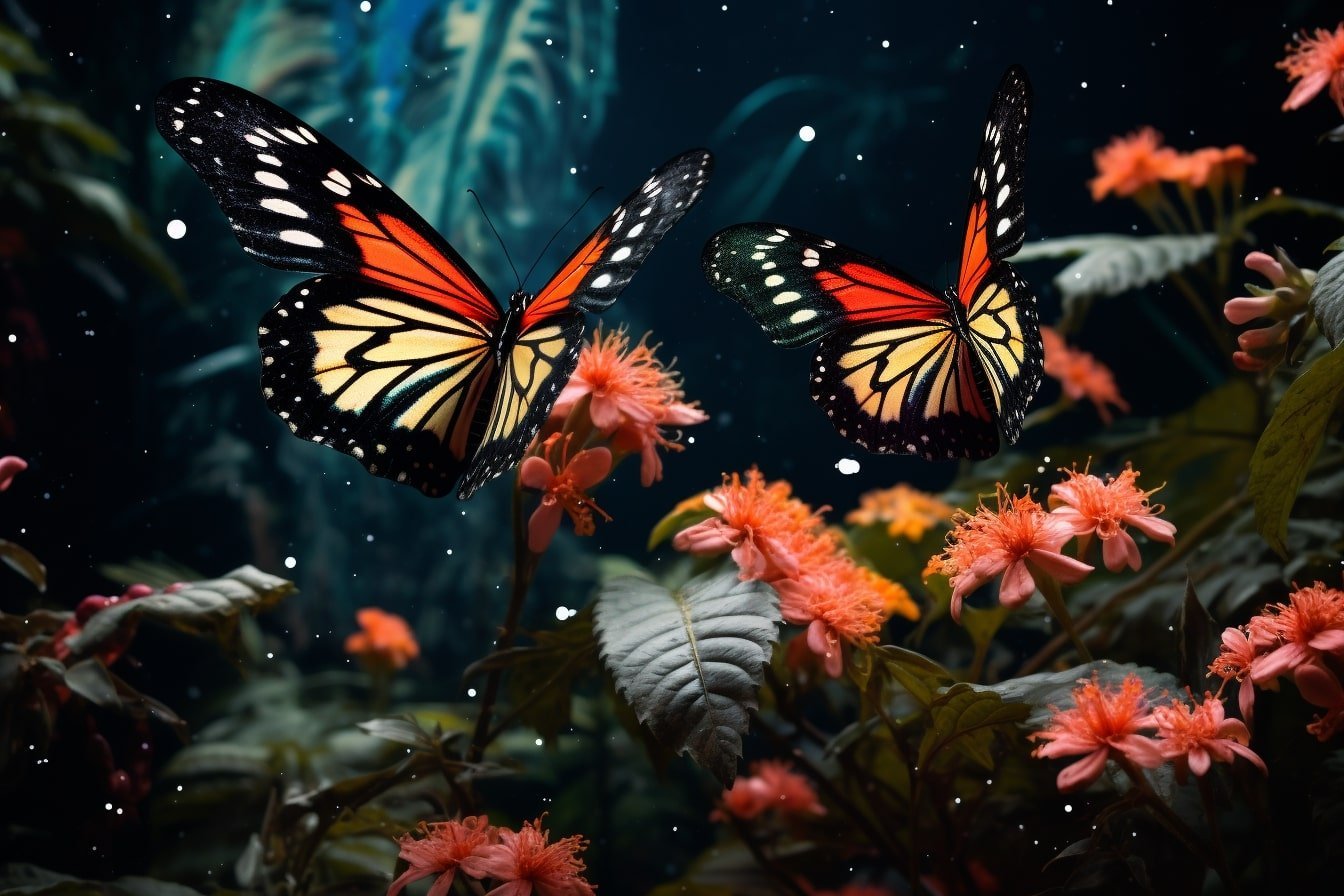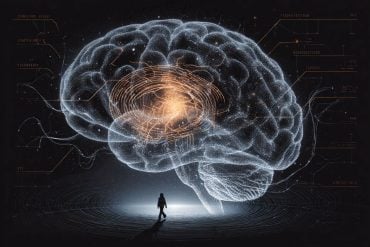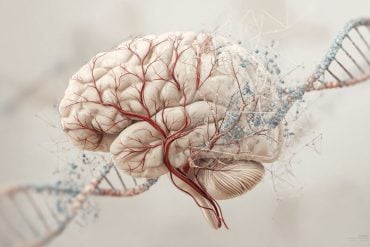Summary: Researchers discovered Heliconius butterflies exhibit spatial learning, marking the first experimental proof of such abilities in any butterfly or moth species. The study suggests these butterflies can learn spatial information on large scales, important for their long-range foraging behavior known as traplining.
Until now, research on insect spatial learning primarily focused on social species like bees and ants.
This new revelation underscores the possibility of more widespread complex learning skills, such as the use of spatial information, in insects than previously recognized.
Key Facts:
- This study is the first to provide direct evidence of spatial learning in any butterfly or moth species.
- Heliconius butterflies appear to learn the location of reliable pollen sources and establish long-term ‘traplines,’ efficient foraging routes along which food sources are repeatedly visited.
- The research team conducted experiments over three spatial scales to test the butterflies’ ability to remember the location of a food reward, providing evidence that these insects can learn and memorize spatial information at large scales.
Source: University of Bristol
Heliconius butterflies are capable of spatial learning, scientists have discovered.
The results provide the first experimental evidence of spatial learning in any butterfly or moth species.
The findings, published today in Current Biology, also suggest Heliconius butterflies may be able to learn spatial information at large scales, consistent with the apparent importance of long-range spatial learning for traplining, which involves foraging within a home range of a few hundred square metres.
Spatial learning is known in insects, but much of the research has focused on ant and bee species which live socially in a communal nest. This study provides the first direct evidence of spatial learning in butterflies or moths, and suggests that complex learning skills, such as the use of spatial information, may be more common in insects than previously thought.

Dr Stephen Montgomery of the University of Bristol’s School of Biological Sciences, a senior author, explained: “Heliconius butterflies have evolved a novel foraging behavior amongst butterflies – feeding on pollen.
“Wild Heliconius appear to learn the location of reliable pollen sources and establish long-term ‘traplines’.
“Traplines are learnt foraging routes along which food sources are repeatedly returned to over consecutive days, an efficient foraging strategy similar to the behavior of some orchid bees and bumblebees. However, the spatial learning abilities of Heliconius, or indeed any butterfly, had not yet been experimentally tested.”
The team conducted spatial learning experiments in Heliconius butterflies over three spatial scales representing ecologically-relevant behaviors.
First, they tested the ability of Heliconius to learn the location of a food reward in a 1 m2 grid of 16 artificial flowers, representing foraging within a single resource patch.
Second, they increased the spatial scale and tested whether Heliconius could learn to associate food with either the left or right side of a 3 m2 two-armed maze, representing multiple plants at a single locality.
They then increased the distances again and, using large outdoor cages at the Metatron in southern France, tested if Heliconius could learn the location of food in a 60 m wide T-maze, representing foraging between localities and approaching the scales over which wild Heliconius forage.
Now the team plans to test whether Heliconius are more proficient spatial learners than closely related species that don’t feed on pollen.
This would help to reveal how the evolution of enhanced cognitive abilities can be shaped by an animal’s ecology. Additionally, the research group aims to uncover the mechanisms by which Heliconius navigate, which are unknown.
Visual cues, such as panoramic views, are believed to be important for Heliconius, but they may also rely on other cues such as a sun or geomagnetic compass.
“It’s been almost a century since the publication of the first anecdotal story on the spatial capabilities of these butterflies. Now we are able to provide actual evidence on their fascinating spatial learning. And this is just the beginning,” Dr Priscila Moura, co-lead author based at Universidade Federal do Rio Grande do Norte said.
“We are excited to present the first direct evidence of spatial learning in a butterfly. Consistent with their wild foraging behaviour, our findings also suggest more effective spatial learning across larger distances,” said Dr Fletcher Young, co-lead author at University of Bristol.
“We are thrilled to find out that these amazing insects can memorise the spatial location of food sources. We are just beginning to get a glimpse of the kinds of information they gather about their surroundings,” said Prof Marcio Cardoso, co-supervisor, of Universidade Federal do Rio de Janeiro.
Dr Montgomery concluded: “It’s fascinating to learn about the complex behaviours that even familiar animals like butterflies express as part of their natural ecologies. These species are extracting and processing diverse information from their environment and using them to perform complex tasks – all with brains a couple of millimetres wide.”
About this spatial learning research news
Author: Victoria Tagg
Source: University of Bristol
Contact: Victoria Tagg – University of Bristol
Image: The image is credited to Neuroscience News
Original Research: Open access.
“Rapid expansion and visual specialisation of learning and memory centers in the brains of Heliconiini butterflies” by Stephen Montgomery et al. Nature Communications
Abstract
Rapid expansion and visual specialisation of learning and memory centers in the brains of Heliconiini butterflies
Changes in the abundance and diversity of neural cell types, and their connectivity, shape brain composition and provide the substrate for behavioral evolution.
Although investment in sensory brain regions is understood to be largely driven by the relative ecological importance of particular sensory modalities, how selective pressures impact the elaboration of integrative brain centers has been more difficult to pinpoint.
Here, we provide evidence of extensive, mosaic expansion of an integration brain center among closely related species, which is not explained by changes in sites of primary sensory input.
By building new datasets of neural traits among a tribe of diverse Neotropical butterflies, the Heliconiini, we detected several major evolutionary expansions of the mushroom bodies, central brain structures pivotal for insect learning and memory.
The genus Heliconius, which exhibits a unique dietary innovation, pollen-feeding, and derived foraging behaviors reliant on spatial memory, shows the most extreme enlargement. This expansion is primarily associated with increased visual processing areas and coincides with increased precision of visual processing, and enhanced long term memory.
These results demonstrate that selection for behavioral innovation and enhanced cognitive ability occurred through expansion and localized specialization in integrative brain centers.






